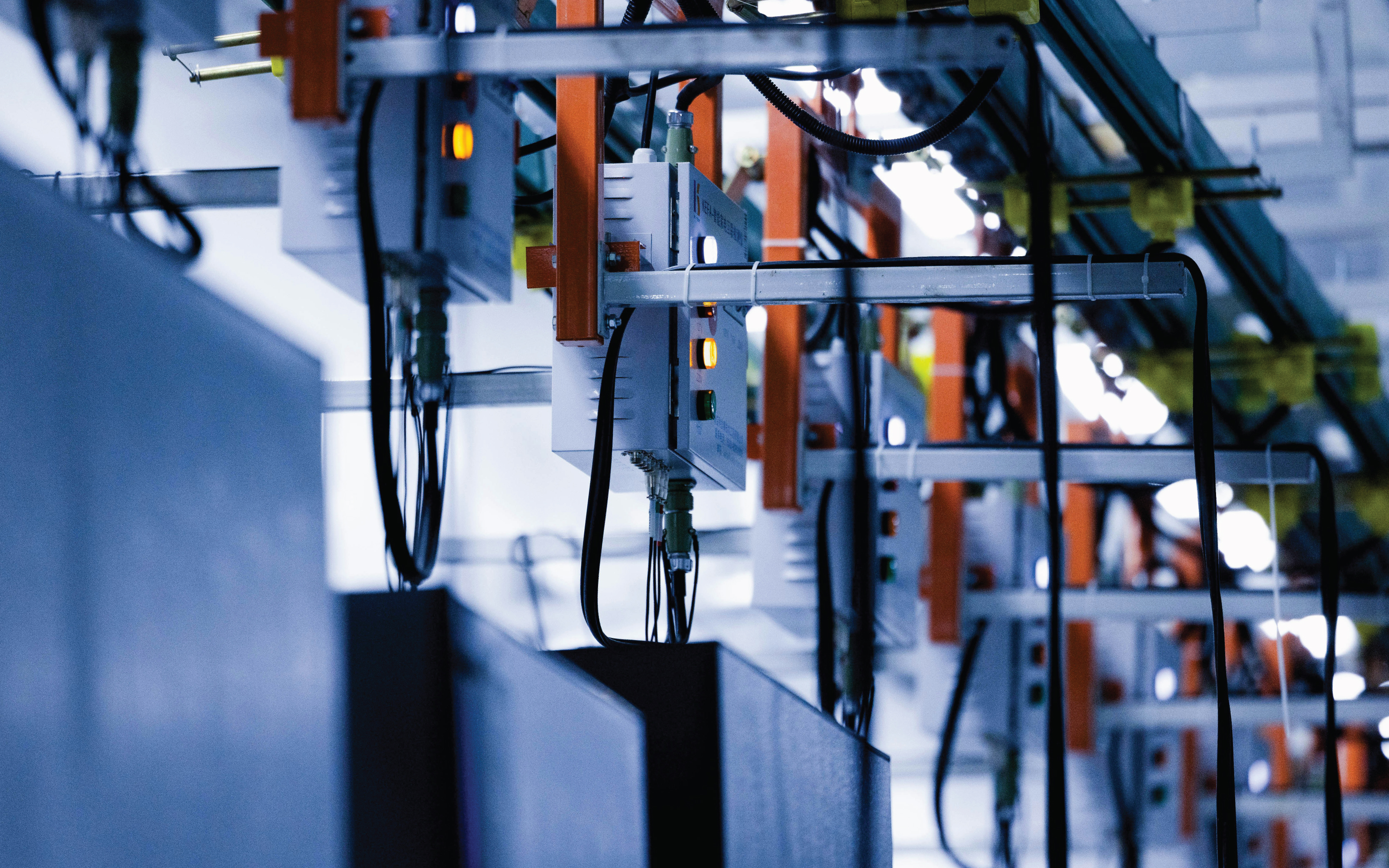How can we predict when a piece of equipment will stop working? This is an important question in many industries, from manufacturing and logistics to energy and infrastructure. Companies rely on these predictions to devise appropriate contingency plans, intervening before entire workflows are suspended or setting backup machines into motion for sustained operational flow.
At the heart of this capability are sensors that track critical parameters, such as the device’s temperature to detect overheating. The data are then integrated and processed by machine learning models to evaluate how well a machine is functioning and predict the ‘remaining useful life’ (RUL) of the system.
Due to the labelling issue in real world applications, the typical model used for these scenarios is known as Unsupervised Domain Adaptation (UDA), where knowledge from a labelled source domain such as data from a known machine is transferred to a new machine as the unlabelled target domain. However, UDA methods often fall short when dealing with the data from multiple sensors across multiple timepoints, compromising the accuracy of RUL predictions.
“Most UDA methods align feature distributions as a whole and ignore sensor-specific distributions, which can lead to misaligning of individual sensors,” said Yucheng Wang and Zhenghua Chen, respectively Senior Research Engineer and Lab Head at the A*STAR Institute for Infocomm Research (A*STAR I2R).
To address this issue, the researchers worked with collaborators at Nanyang Technological University, Singapore, and National University of Singapore to devise a new Sensor Alignment (SEA) framework and its advanced counterpart, SEA++. These frameworks jointly tackle two separate alignment issues: the alignment among sensors measuring the same type of data in different domains, as well as the alignment among sensor interactions.
Unlike traditional methods that collapse all sensor data into a single representation, SEA and SEA++ break the data into smaller segments and construct multiple graphs. “This captures local dynamics and would, for example, reveal a machine’s health deteriorating over time,” the researchers explained. This approach also enables the alignment of more complex patterns in the data, such as changes in the relationships between different parameters over time.
In benchmark tests, the SEA and SEA++ frameworks outperformed state-of-the-art UDA models in tasks involving multiple sensors and timepoints, such as RUL prediction for aero engines. “The sensor-level adaptation enables our frameworks to work well in scenarios with various sensor types or placement differences, while its dynamic adaptation enables the model to handle evolving distributions, such as working condition transitions,” Wang and Chen said.
While the current methods rely on having open access to sensor data, the team is now working on developing UDA frameworks that can still deliver accurate RUL predictions even in source-free situations, as the source data may not be easily retrieved in many real-world conditions.
The A*STAR-affiliated researchers contributing to this research are from the A*STAR Institute for Infocomm Research (A*STAR I2R).







